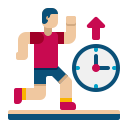CrossFit for Beginners: Essential Tips and Exercises
Welcome to your first confident steps into CrossFit. Chosen theme: CrossFit for Beginners: Essential Tips and Exercises. Expect clear guidance, relatable stories, and practical, safe progressions. Ready to learn, move, and thrive? Subscribe and share your starting goal so we can cheer you on.

Start Here: What CrossFit Really Means
CrossFit focuses on movements you already use in life: squatting, hinging, pushing, pulling, and carrying. By training these patterns with intention, beginners build practical strength and confidence that transfer directly to daily tasks and long-term health.
Go slower to go faster later. Prioritizing proper positions and consistent reps protects your joints, accelerates learning, and builds a foundation for safe intensity. Ask a coach for cues, record a set, and revisit technique weekly to refine your form.
A WOD is the Workout of the Day. AMRAP means as many rounds or reps as possible in a set time. EMOM is every minute on the minute. Knowing these terms helps you follow whiteboard instructions without stress.
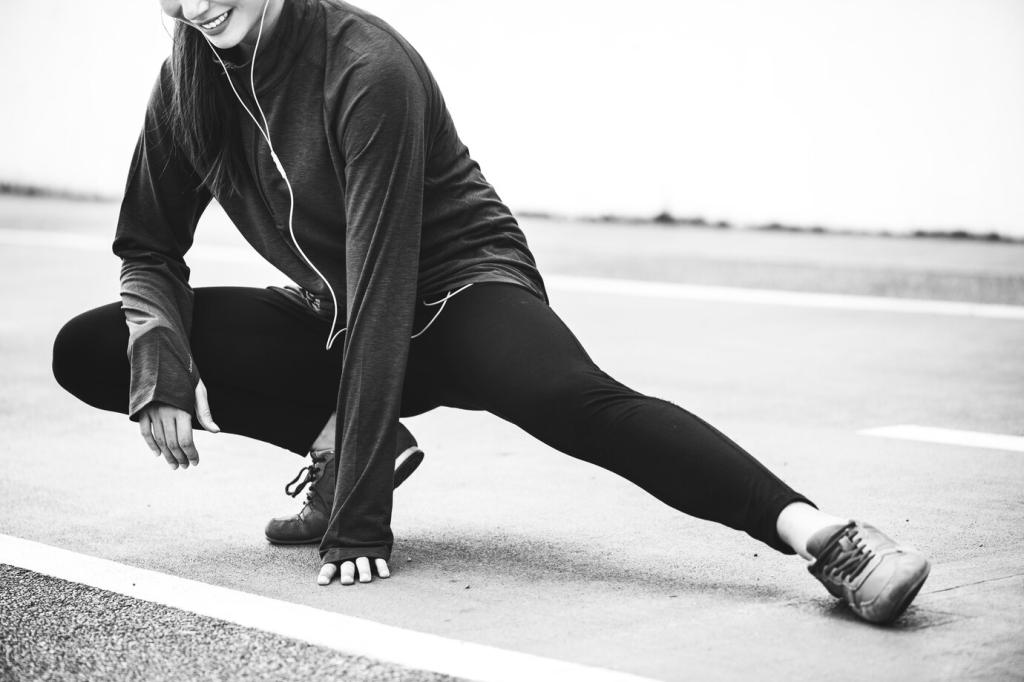
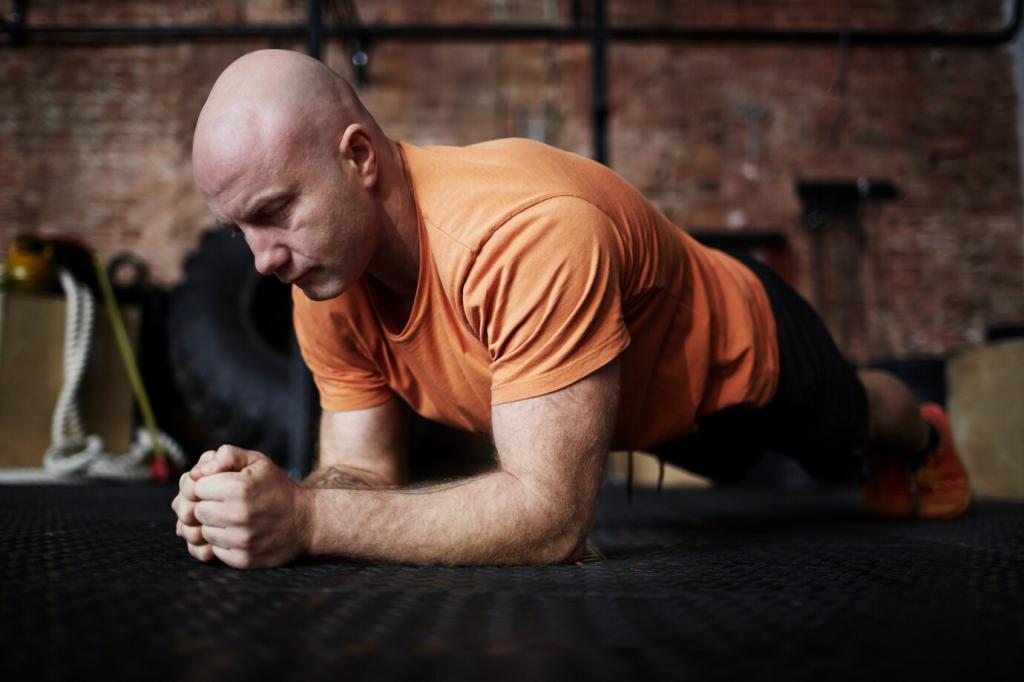

Smart Scaling and Safety
Modify load, reps, distance, or time caps to preserve the intended workout stimulus. Reduce range of motion or movement difficulty when technique breaks down. Your goal is to finish strong, not crushed, and return tomorrow ready to train again.


Building Your First Week
Day 1: Technique focus plus short conditioning. Day 2: Strength emphasis with accessory work. Day 3: Mixed modal WOD and mobility. Keep one active recovery day between sessions, like an easy walk, light bike, or relaxed swim.
Building Your First Week
Alternate days that challenge different energy systems. Use lighter weights with crisp positions for conditioning and reserve heavier loads for slower strength sets. Track how you feel seventy-two hours after sessions to fine-tune volume.
Mobility, Warm-Ups, and Recovery
A Simple Dynamic Warm-Up Flow
Start with two minutes of easy cardio, then dynamic hip openers, shoulder circles, and inchworms. Add light movement prep relevant to the WOD—tempo squats, empty-bar presses, or box step-ups—to build confidence and smooth positions.
Cooldown That Keeps You Training
Finish with nasal breathing, light walking, and gentle stretches for tight areas hit during the workout. Five to eight minutes lowers stress, restores rhythm, and reduces next-day soreness so you can train consistently without dread.
Sleep, Stress, and Soreness
Aim for consistent sleep and simple stress rituals like evening walks. Mild soreness is normal; sharp joint pain is not. If a movement repeatedly causes issues, comment about it so we can suggest beginner-friendly alternatives and progressions.
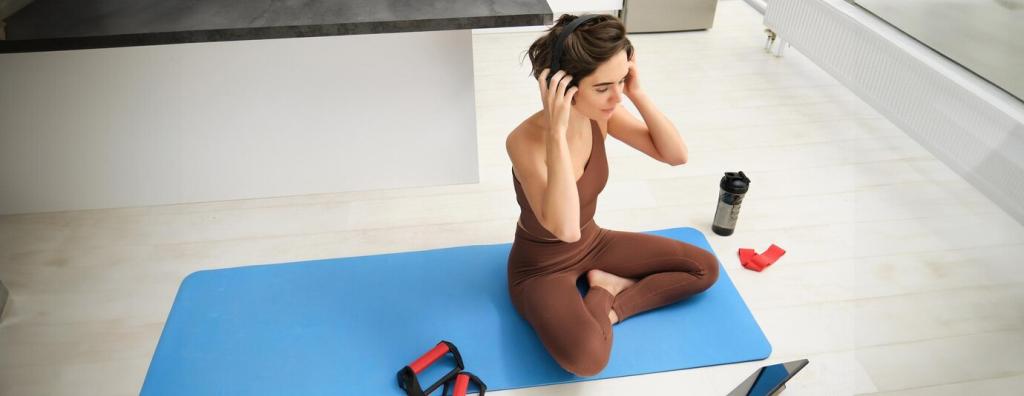
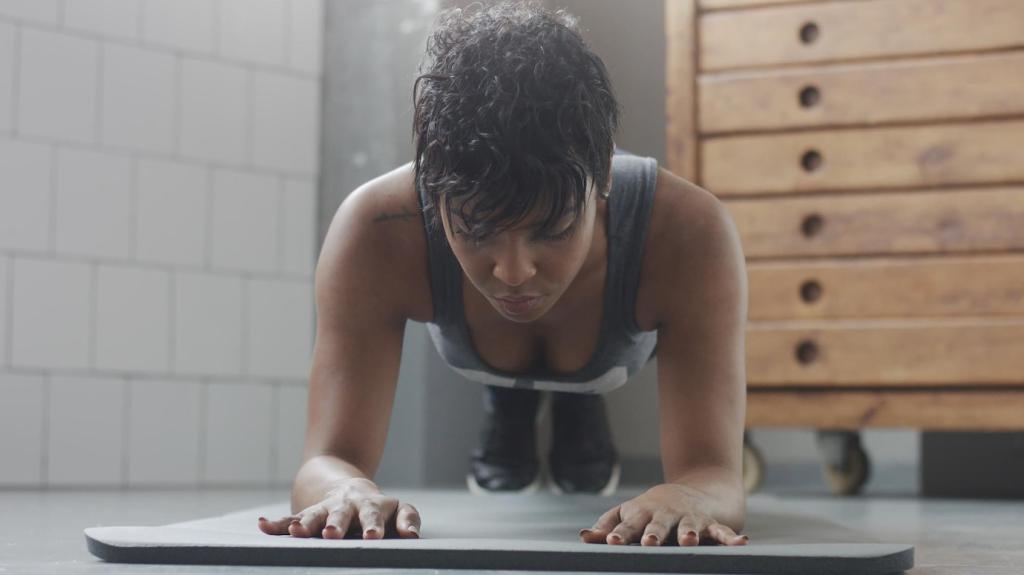
Fueling New CrossFitters
Sixty to ninety minutes before training, choose a small snack with easy carbs and a little protein, like yogurt with fruit or toast with peanut butter. Sip water, and avoid heavy, high-fiber meals right before you lift or sprint.
Fueling New CrossFitters
Within two hours, combine protein for muscle repair and carbs to replenish energy—think eggs and rice, a balanced smoothie, or chicken and potatoes. Keep it simple, repeatable, and aligned with how your stomach feels after intense sessions.
One reader wrote about walking into a chalk-dusted box, heart racing, and leaving with three new friends and a scaled score she was proud of. Your story will look different, but the welcome is real—say hello and ask for partner tips.
